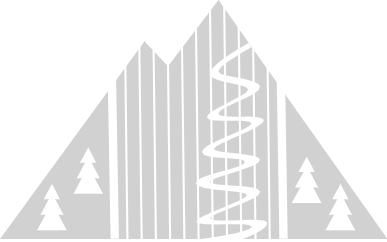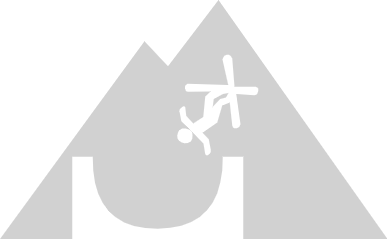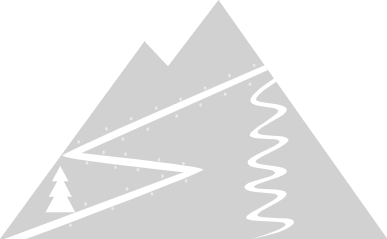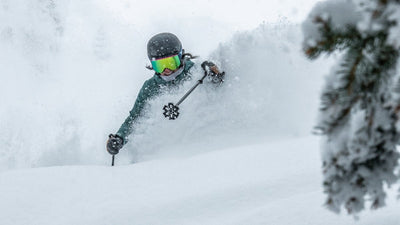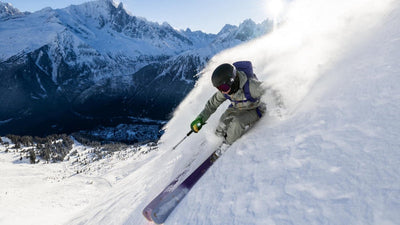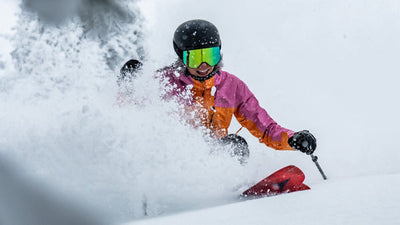Line Sakana Skis 2025
Line Sakana Skis 2025 - 166 is backordered and will ship as soon as it is back in stock.
Couldn't load pickup availability


Combo & Save
Combo & Save
Add a Ski & Binding to your cart and save 10% on the Binding!
Fast FREE Shipping
Fast FREE Shipping
- Fast & Free shipping is available with no minimum spend.
- Order by Midday for same business day shipping dispatch (excluding skis requiring mounting)
- Express Post available on non-bulky items, select at checkout.
- Full Shipping details and delivery estimates can be found on our Shipping Page.
- Certain Busy times (Black Friday, Christmas etc.) will see shipping times lengthen, please allow extra time.
30 Day Returns
30 Day Returns
We offer 30 day returns on all non-Clearance items. Full T&C and link to our Return Portal on our Returns Page
Expert Advice
Expert Advice
We are avid skiers, and use as much of our gear as we can.
We review our skis on our YouTube Channel & you can always Contact Us for expert product advice.
Description
Description
The latest, greatest, fish-tailed evolution from Line Skis. Sporting a nimble 105mm waist width and a giant floaty tip, the Sakana is a dreamy powder ski that skis well all over the mountain.
As per usual with Line designed skis, the top-sheet is a beaut and the traditional surfy feel of the skis is present in spades. With the set back stance and huge floaty tip, these things somehow prioritise both floaty, powder performance and are suitable to rip a carve down hardpack as well.
With such a big floaty nose and swallowtail design, you can comfortably size down in the Sakana and still get really good floatation and performance. Line Suggest if you normally ski a 180cm Powder ski to go for the 174, or if you normally prefer your skis close to 190, 181 is suitable. They don't make a longer length than the 181 for this reason.
Who’s it for?
Line skis are typically found on the feet of the younger generations who spend more time in the air than on the ground. The Sakana flips that script. Older guys who ski more traditionally will love the way the Sakana performs due to the very traditional mount point and the flat tail. It is the type of ski anyone can take into powder and have the ride of their life.
Why we love it?
We tested the Sakana up at Falls Creek and came away stoked with how precise and fun it was on the icy conditions that were offered up by the mountains that day. While we can only imagine the fun of blasting through spring slush or Japanese powder, it is a purpose built soft snow ski that survives hardpack surprisingly well.
Features
Specifications
Specifications
-
Best Uses:
All Mountain, Powder
All Mountain, Powder
-
-
Rocker Profile:
Rocker - Camber - Rocker
Rocker - Camber - Rocker
-
-
Radius:
15m (174cm)
15m (174cm)
-
Ski Flex:
Medium
Medium
-
Ability Level:
Intermediate - Expert
Intermediate - Expert
-
Weight:
1770 g (174cm)
1770 g (174cm)
-
Dimensions:
Length 166 174 181 Tip Width (mm) 150 150 150 Waist Width (mm) 105 105 105 Tail Width (mm) 138 138 138 Radius 13.3m 15m 16.3m





